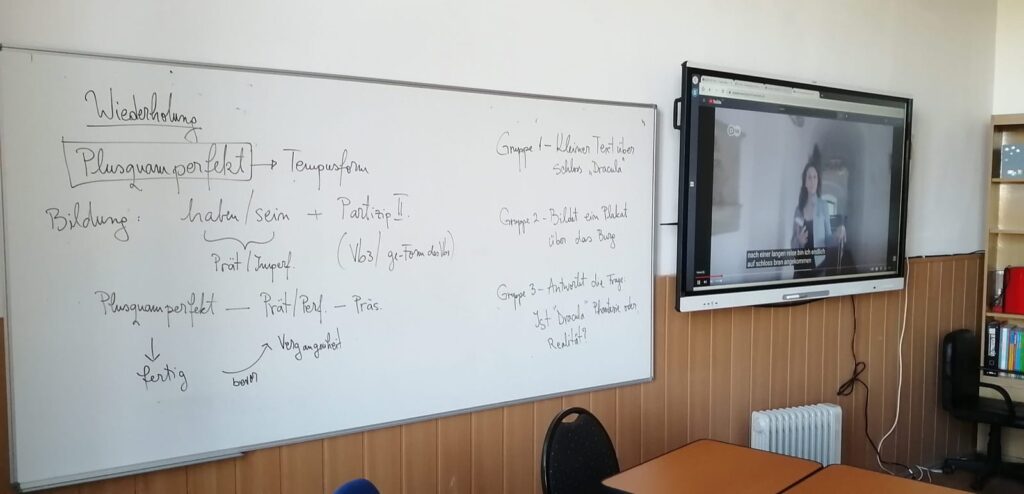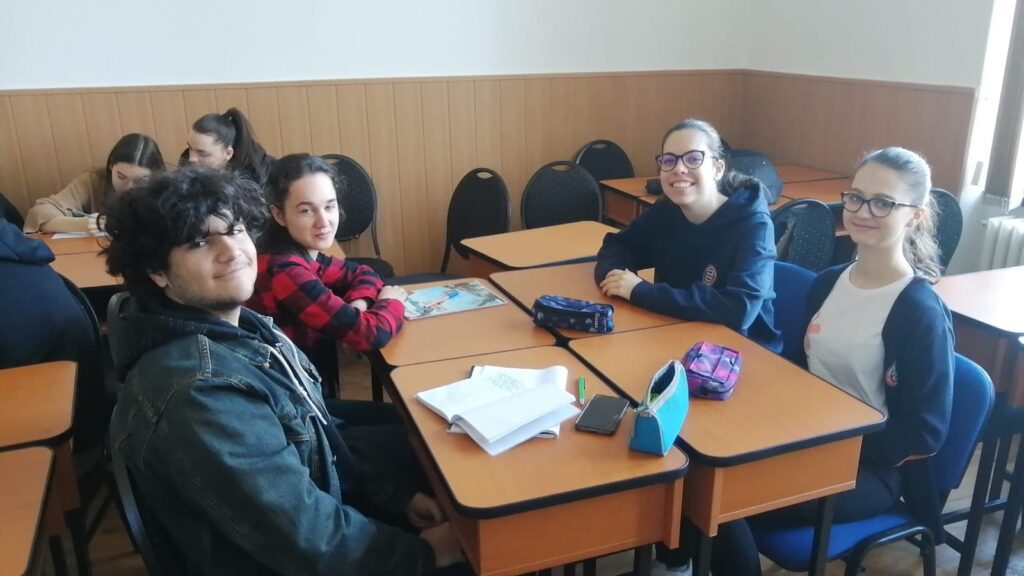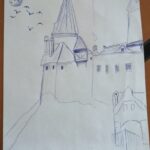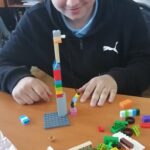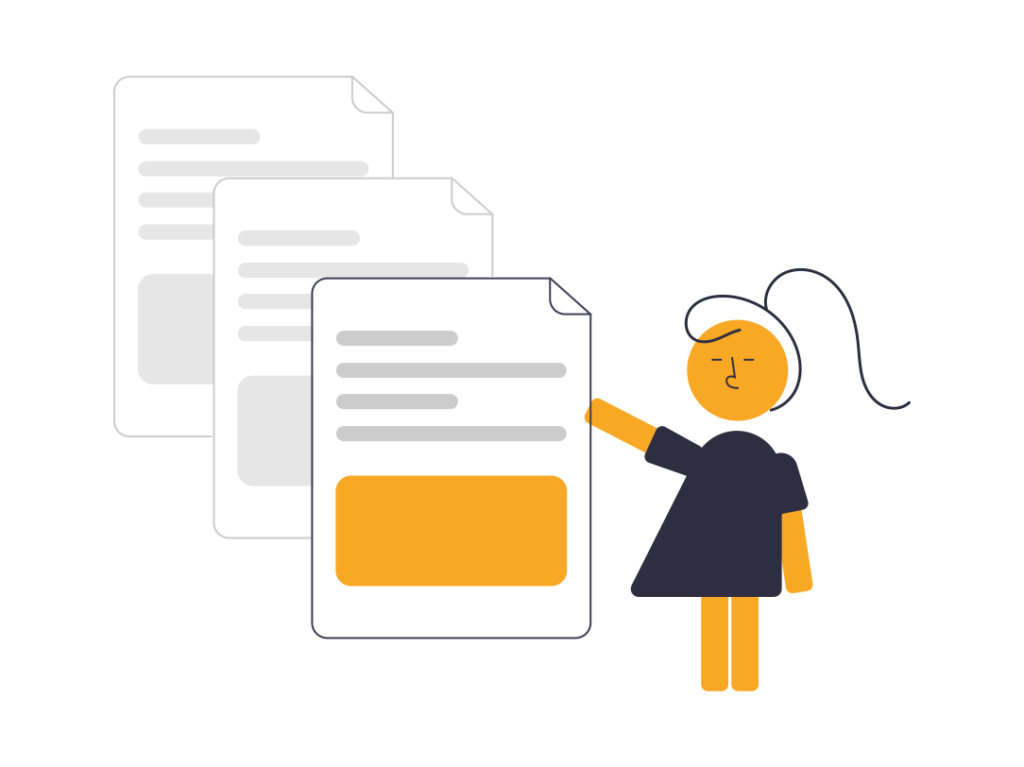ro · lesson 2
"German Past Tense & Pieces of History"
Lesson summary
In Romania there are about 3, 4 foreign languages studied at school. English is compulsory and students start early to study the Shakespearean language. In urban areas, it starts even from kindergarten. Parents have realized that the earlier students start learning foreign languages, the faster it will be for them to master the language. The students must choose a second foreign language starting with the fifth grade. In our district French, German, Italian or Spanish are the languages they can choose from. The first two are more widely spread. Balzac’s language is still a favorite among learners, but Schiller’s language gains ground as there are many job opportunities available that require having a good command of German. As German, along with French and English, is one of the three working languages of the European Commission, many envisage working abroad in western countries. Some students choose to learn even a third language at home or in private schools. These are either one of the four above mentioned or Chinese and Japanese.
Teaching a foreign language nowadays is very different from what happened thirty years ago. After the Revolution in Romania, more precisely after 1989, new teaching methods have been introduced in schools as well as a more attractive, interactive content. The Student’s books have been replaced with updated versions and consequently have become more enjoyable, stirring students’ interest as a result of using various materials such as songs, poems, movies, cartoons etcetera, which renders teaching playful, approachable, and even appealing. Still, some languages, like German, remain difficult to learn. Mostly because of its grammar rules or its vast compound vocabulary. As German is thought to be difficult, every time I get the chance to use some new materials and methods for my lessons to ease the process of learning and teaching, I seize the opportunity.
During the pandemic, such an opportunity presented itself with the implementation of the Erasmus+ Programme of the European Union project: ACCelerating future Education online – in the time of Virus – ACCED. This project, as its title suggests, promises to accelerate learning through agile methods. With the help of the ACCED – toolkit anyone can transform a traditional lesson into an agile one. One transformed lesson contains Scrum values, non-violent communication, Lego serious play and Liberating structures. At first sight, these words sound puzzling, but in fact, many of these are already in use when teaching a foreign language nowadays. Scrum values contain concepts such as agreements, self-empowerment, communication, estimation, sprint prototyping, team cooperation, leadership decisions, WIP-work in progress or continuous improvement. Non-violent communication (NVC) is an empathic understanding of others without compromising our own values and expressing our real feelings and needs openly without criticism. Lego serious play or short LSP is a technique that improves group problem-solving. By using visual, auditory, and kinesthetic skills, participants are required to learn and listen, providing them with a voice.
To be more precise I have transformed my lesson using the ACCED – toolkit as follows:
Firstly, I started to look for a lesson that I could improve using the ACCED – toolkit. The four language skills, listening, speaking, reading, and writing, are mostly practiced while teaching. Apart from the various tasks students carry out in order to improve their skills, they should also do grammar exercises to promote accuracy. A foreign language can be related to many subjects, so to teach Past Tense I linked my lesson to Pieces of History. I searched online for various videos describing the rules of the Past Tense, as we were still in the pandemic and teaching was online (In the meantime the pandemic ended, and I tested the same lesson with another class). I came across a video that was more appealing and related more to my students:
https://www.youtube.com/watch?v=91-FIqzPEEg
The video and the entire lesson was distributed online via:
https://www.microsoft.com/ro-ro/microsoft-teams/group-chat-software
With the search of the perfect video, I was completing my Backlog of the lesson and began the first sprint.
The students watched the video and found the rules of the Past Tense (Plusquamperfekt). While the students watched the video, I wrote the rules down for them.
With the help of the definition of done I closed the first sprint. The students understood the rules. Then they had to prove that they were able to apply them.
The second sprint began with the completion of the given exercises, available in theStudent’s book, using NVC and LS.
Now the students are very happy that they have recognized, used, and understood the new grammar rules.
It was time for the third sprint. This was the most challenging one as it involved something totally new, Lego Serious Play – LSP.
I searched again for a video, this time about Pieces of History. I needed a short video and something students could relate to or have previous knowledge of. And I came across a video about count Dracula’s spooky Castle.
https://www.youtube.com/watch?v=eedvqNXJj-k&t=42s
The students watched a video on the smart board and then on their smartphones several times and worked in groups on various projects:
- First group should describe the castle using the Past Tense
- Second group should create a poster that contained important information about the castle or count Dracula also using the Past Tense
- Third group should answer a question using the Past Tense: Is Dracula a Myth or reality?
- Fourth group should use Lego serious play to describe something they considered important in the video using the Past Tense.
As an evaluation method I developed the Badge system, of course backed up by grades for school.
Badge 1 – Grammatik Profi – The badge can be earned by students who formulate correct sentences using the different forms of the Past Tense.
Badge 2 – Agile Teammate – the badge can be earned by students who encourages the team, is enthusiastic and shares non-violent thoughts, helps when somebody is in need.
Badge 3 – The Presenter – the badge can be earned by students who speak fluently on the topic and shows great German speaking skills.
Badge 4 – The Lego decoder – the badge can be earned by students who can easily play with Lego and can find easy words to describe the model, metaphorically.
After this lesson I realized that most students enjoyed this new approach. As you can see all are happy and engaged. They want more lessons designed in this manner. I think this was a success and I will definitely use this strategy in the future again.
Using LEGO Serious Play:
While counselling students as a form teacher I also used some of the agile techniques and it improved the level of communication among the group.
First activity: The Duck
Second activity: The special Puppy
https://docs.google.com/presentation/d/18Z44joj57E4l9TIdpbBHe0J4xP5sWE0U/edit#slide=id.p4
